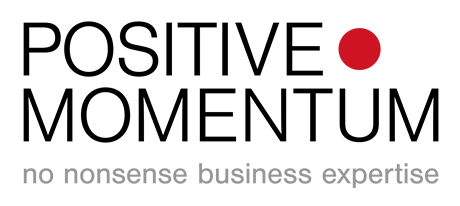I think most of us have been there in our careers – we’ve led a lengthy meeting or had a job interview and we realise after the fact that we haven’t said what we wanted to say. Or that staff meeting when you were waylaid by a disgruntled team member. And even more potentially damaging that media interview where you sat there squirming as the journalist fired random questions and you answered everyone like a an obedient child.
We’ve all done it. So how do you make sure you get your point across or make sure you say what you want to say?
In my work advising executives, I’ve often put them through the mill in our rehearsals. I’ve asked them about their bonuses, failed products and flagging sales. But in my view, the real essence in preparing is to consistently bridge or pivot back to your key messages, no matter what question you are given or how aggressively it is posed or posited. This can be in a town hall, staff meeting or client presentation – you can learn to springboard from any question back to your key messages.
Before I get into what I call the ABC of how to handle being put on the spot, a few words of caution. First and foremost, people respond most favourably to how we come across more often than our specific language or responses. They’ll respond to our facial movements, our eyes, our posture and our body language. Above all, people want to feel we are being honest i.e. authentic. That can sound a bit scary when you’ve got a room packed full of executives wanting to know how the company is going to meet its targets or when you’ve got television cameras in your face.
What I often try and do is – connect with myself. And what do I mean by that? Well, take a moment, breathe and check in with your emotions. We often feel our emotions in our stomach and connecting our mind with what’s going on down there can help us really “connect.”
Second, we don’t want to sound like the disingenuous politician prattling on about his own party’s policies. And there are many bad examples of this every day on our screens.
Bridging is a technique of responding to difficult or even aggressive questions and then “bridging” back to the subject you want to talk about and your own key messages. It needs to be done with some subtlety and honesty – otherwise your audience or journalist will switch off or even turn hostile. And of course, you need your key messages already prepared.
We call the technique, ABC. You’ve been asked a nasty question, what do you do?
A = Acknowledge
You need to demonstrate you have heard and understood the question as well as the concern or consideration:
Thank you for your question (even repeat it)
That’s an interesting/very good/ relevant question (a little slimy but buys time)
If I understand you correctly, you are asking….
We’ll look at (….) in the coming weeks
I acknowledge that it will take extra resource, and we’ll make sure that we give it the attention it deserves
B = Bridge
You transition the conversation to something positive (i.e. your agenda/message).
Some useful phrases:
That’s not how I see the issue, the way I see our priorities
I think we need to look at the bigger picture
Let’s step back a moment and look at what we are really trying to achieve
I understand your concern and when I talk to our customers/staff/stakeholders
And if you don’t know the answer, you can still bridge:
I’m not sure I can answer that question, but what I can say/what I do know is…
C = Communicate
Now you’ve bridged, you can communicate what you set out to do: your agenda, your key messages.
Check out this interview: A very nice example of bridging away from what could have been a really negative interview.
I’ve used this technique throughout my work in corporate communications in preparing executives either when they are new in their role or preparing for an event. Yes, you do need a Q&A with the facts and company position on matters, but sometimes you can’t prepare for every eventuality. I’ve found with some executives learning the Q&A off by heart can only bring limited comfort and maybe even come across as stilted in real life. I remember one leader who just looked frustrated when someone asked a question that wasn’t on the Q&A. What I’m trying to say is – the ABC of sticking to your point is there to help.







